Happy New Year Everyone!
We thought this would be a great time to look back at our (un)official predictions about the commercial space industry from the past year to hold our crystal ball accountable!
This past year has seen a war in Europe, SLS and Artemis’ first flight, and a significant downturn in economic markets. However, it also saw gains in our portfolio companies, Earth observation became a much larger strategic asset, and an election in the US that left nothing settled except that Americans still enjoy a split Government.
So here were our 2022 predictions from the end-of-2021 report to LPs, with our analysis of why they did or did not come true:
Satellite constellations continue growing rapidly as deployment picks up the pace; public concern of cluttering up space rises to match (confidence level: 10/10)
This one was an easy prediction since it was simply the extension of a trend. We did see SpaceX begin to deploy the first of its next generation (gen 2) of Starlink satellites in December. This adds to the 3,300 (or so) Starlink gen 1 satellites already in orbit. In December, the FCC authorized Starlink to launch up to 7,500 Gen 2 satellites over time; SpaceX’s ultimate target is 30,000. Also, on the regulatory side, the US Federal Government proposed several significant regulatory changes in an effort to pre-empt future ‘space junk’ issues; the first of which is the reduction in time to de-orbit an end-of-life spacecraft from 20 years to 5 years.
More humans make it to space (and back) than in any other year as commercial crewed vehicles increase their launch frequency (for gov’t crews 6/10; for private crews 9/10)
42 people visited space in 2022, according to the US definition of where space starts, which was actually 3 fewer than in 2021. This was due to Russia’s deteriorating space program (which was accelerated by the invasion of Ukraine in February) and the loss of Blue Origin’s New Shepard-23 flight (although it was a cargo launch, this resulted in 1-2 crewed missions to not fly in the 4th quarter).
Of note: Axiom Space flew the first commercially crewed mission to the ISS and China completed its first crew rotation on its recently completed Tiangong space station.
SpaceX gets a fully tested orbital Starship working and landing. This would be a monumental achievement, but SpaceX appears to be on pace to do it (8/10)
While Starship did not fly in 2022, SpaceX has said that the first test of the full-up vehicle could come as soon as the end of February. Unfortunately, this might mean that Starbridge GP Michael Mealling owes some friends a steak dinner.
Space SPACs will likely find their supportable valuations by year’s end… or else at least 3 of them will get acquired (7/10)
Many of the space SPACs may have found their supportable valuations late in December of this year, but at a far lower value than what was expected back in January. None of the space SPACs are above their original $10 SPAC price currently, and some such as Astra are trading as low as 44 cents. The highest price currently is AST SpaceMobile at $4.82 (as of our last check). None have been acquired and several year-old+ SPACs that were in process have been canceled; though word is that at least a couple are bucking the trend and will be working their way across the public finish line in 2023.
China to complete its Tiangong space station (8/10)
As noted above in #2, China successfully completed its space station in November and completed their first crew rotation later that month.
India gets back to record mission schedule in 2022 after their 2021 launch failure (7/10)
India is back to business in a big way and recently launched 36 OneWeb satellites in October.
Look for new space SPAC deal announcements to pick back up in the second half of 2022 as institutions have had time to reorient structures and financing. This also will reflect the two year countdown for the SPAC sponsors that was started in 2020 and 2021 (6/10)
While there is a current slight uptick in SPAC offers in the market, this is primarily due to many expiring and the sponsors not wanting to lose their risk capital. The environment for completely new SPAC offerings is still quite dim. The only new space-related SPACs to form at the end of this year are by Kam Gaffarian, co-founder of Axiom Space.
Boeing Starliner flies a crew before the end of 2022 (mmm…5/10)
While an uncrewed Starliner did manage to fly in 2022, the first crewed flight is now expected no earlier than April 2023.
Immediately after the first Starship flies to space and successfully lands in 2022, a previously unknown organization announces that it has identified and contracted with 1000 people to fly to Mars and that the first crew of twelve will launch during the 2026 Earth/Mars launch window (5/10)
Not only did Starship not fly, but no new human spaceflight company appeared to take advantage of that market. We still think SpaceX will send something to Mars in the 2024 window, but our previous prediction moves to 2023.
Of the nine cargo missions (currently scheduled) to or around the Moon in 2022, at least three of them will fly this year (4/10)
Three missions did fly this year but none have made it to the Moon yet. This was our lowest conviction prediction of 2022 and an indicator of how fast (or slow) lunar development plans match up to the difficulties of engineering and economic reality.
